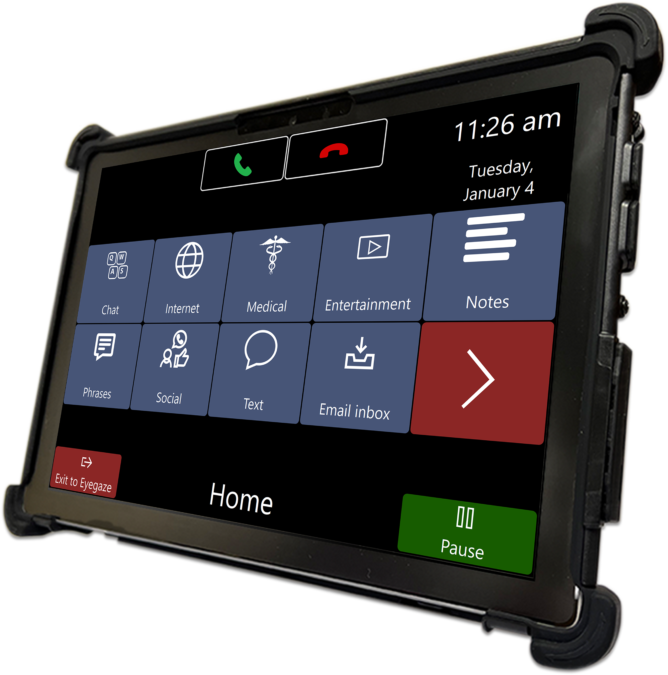With increased use in today’s society, eye tracking technology is becoming a more familiar innovation. Many people learned about eye tracking through Steve Gleason’s Ice Bucket Challenge fundraiser for ALS. This campaign shed light on the wonderful things eye tracking technology is doing for those living with the disease.
Besides ALS, eye tracking has other exciting applications across multiple industries. Here are just a few ways this technology is impacting lives.
Do you use an e-reader to explore the literary world? New eye tracking studies hold promise for improving reading techniques. Eye tracking cameras can be used to adjust a text page online to display pop-up translations and meanings of difficult or foreign words. The technology will recognize skimming behavior and adjust the page to make keywords more prominent and common words fade out, helping to improve reading comprehension.
Eye tracking technology helps marketing departments become more efficient. Why bother with ads customers aren’t interested in at all? Businesses can use eye tracking research to study where consumers look at an ad online. Vision heat mapping can detect what bores and interests consumers, so marketers can move on quickly to newer, better ads.
Physicians can diagnose autism at an earlier stage. Research shows that infants who go on to develop autism not only look at faces less than other babies do, but they also look away from major facial features when a person speaks. Yale University School of Medicine researchers recently presented these ground-breaking findings that can help diagnose autism in children as young as 6 months of age. The researchers used eye tracking to carry out their studies and are hopeful that early detection can lead to social and behavioral interventions to help these young patients recover.
Eye tracking tests can help medical professionals diagnose concussions with improved accuracy and speed. Numerous studies on mild traumatic brain injury suggest that the shearing of connections in the frontal area of the brain are the cause of the memory and attention deficits that often result from concussion injuries. When doctors study patients’ eye movements, they can more quickly – and more correctly – diagnose a concussion so treatment can occur sooner.
Want to learn more about eye tracking technology? Start with our blog, which features the numerous ways eye tracking is making our lives better.

